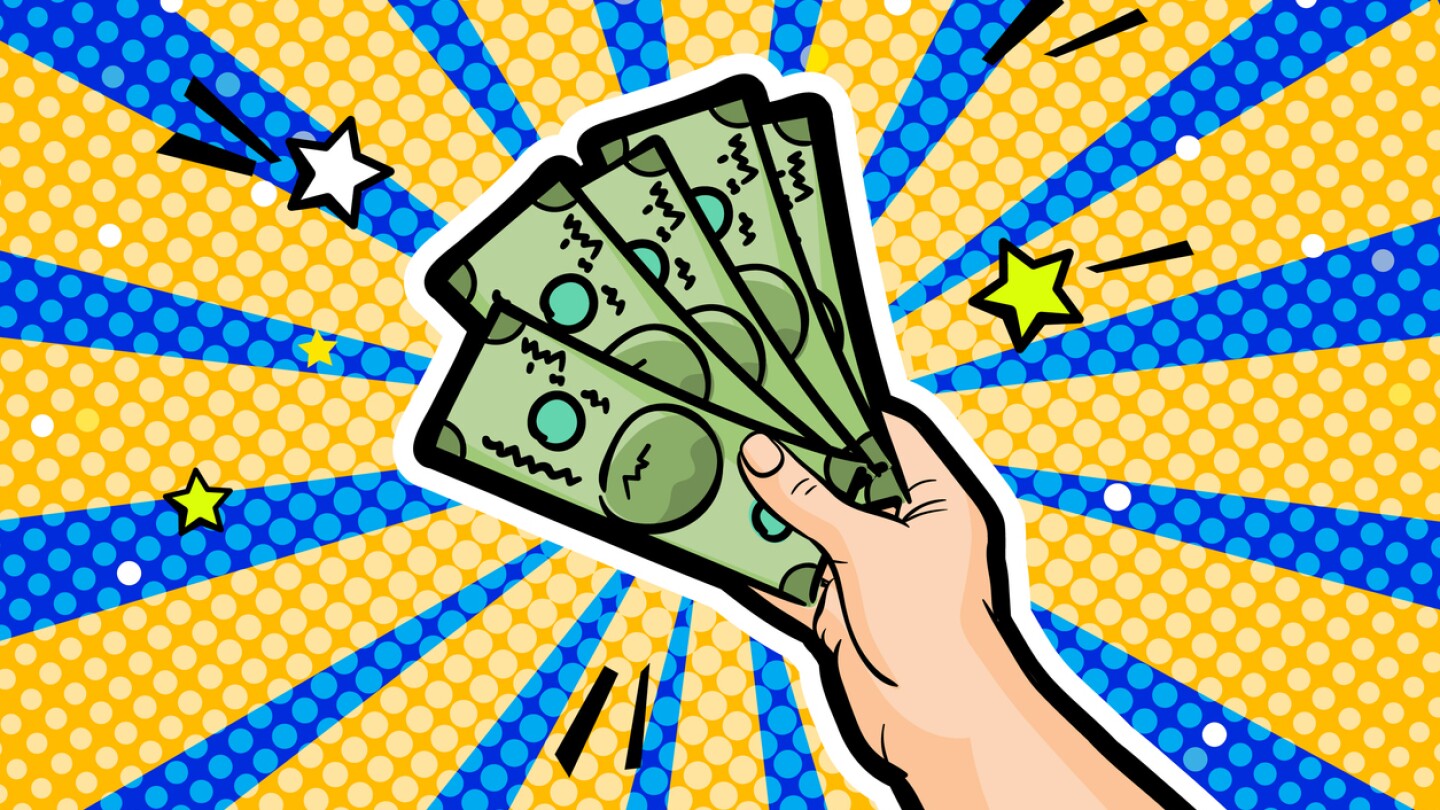BioPharm Executive
Biotech was starting to show signs of recovery after years of investor pullback—until new tariffs and economic uncertainty sent fresh shockwaves through an already fragile market.
Alnylam and BridgeBio are competing for people who are switching from Pfizer’s blockbuster ATTR amyloidosis drug tafamidis while all three companies are fighting for new patients.
Analysts have had to throw out their assumptions for the biopharma industry’s recovery heading into the first quarter earnings period given the ongoing tariff drama.
Johnson & Johnson’s Joaquin Duato is no longer the highest paid CEO in pharma. Meanwhile, just two women make the top 10.
Wegovy and Zepbound are just the latest drug dyads to face-off in the competitive pharma market, continuing a legacy of rivalry that includes blockbuster drugs Keytruda, Humira and Eliquis.
Long considered resistant to economic downturns, the pharmaceutical industry may face a greater challenge this time around as GLP-1s dominate and the population grows older.
With crucial lessons learned from the manufacturing shortages of injectable GLP-1s, experts say securing adequate supply of the upcoming oral options will be the sector’s next great challenge.
AbbVie’s Humira was the top-selling drug in the world for many years. Now, its sales are eroding as doctors switch to biosimilars and new options enter the market.
Biosimilars are essential healthcare equalizers, but their regulation is overly complicated due to lobbying by makers of branded biologics looking to maintain blockbuster revenue.
With Keytruda, the best-selling drug in the world, facing the end of exclusivity in 2028, BioSpace looks at five drugs that have taken the leap off the patent cliff.










